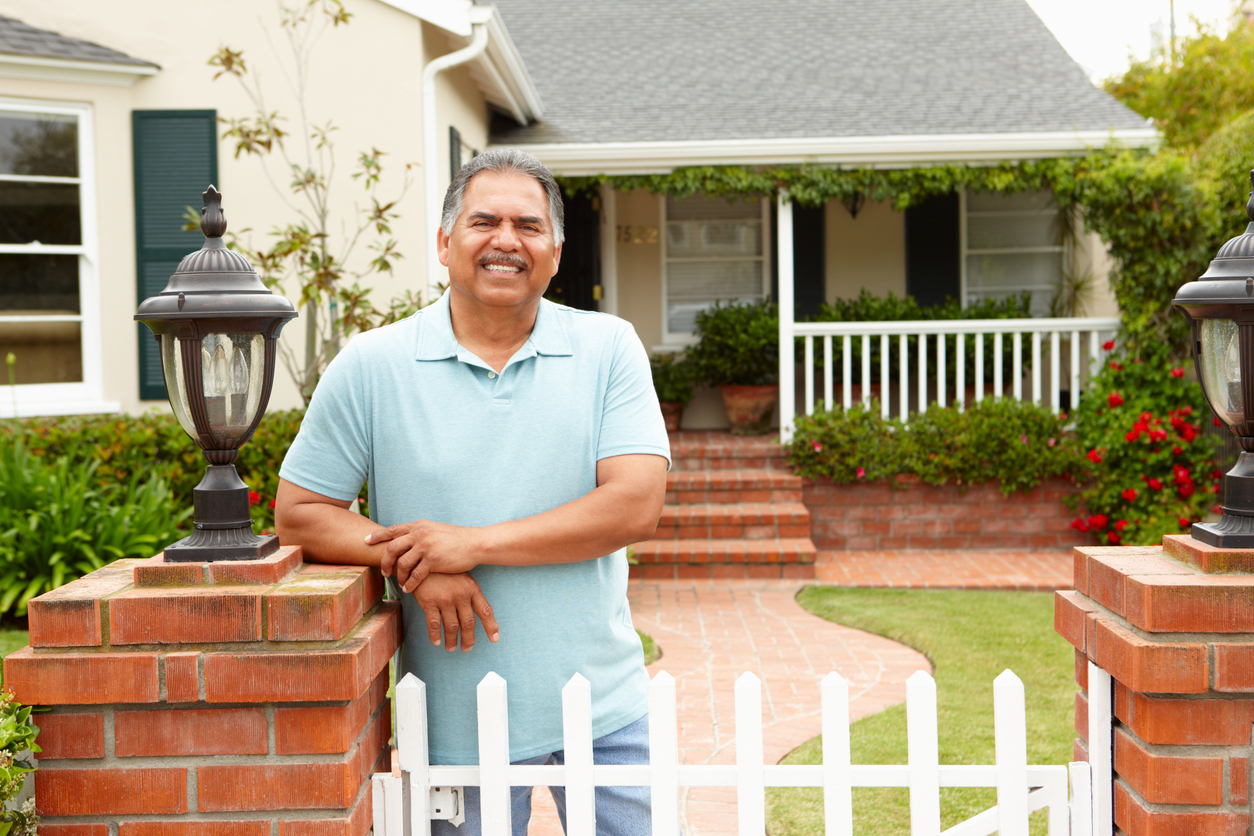As we grow older, choosing housing can greatly affect our happiness and health. Kathy Fitts, a 68-year-old from suburban Atlanta, chose to move to an age-restricted community in Daytona Beach after feeling isolated during the pandemic. Her new home in Latitude Margaritaville offers numerous activities like bocce, birding walks, and concerts, which she loves. This kind of community, designed exclusively for those “55 and better,” promises a bustling lifestyle with peers of the same age group, but is it for everyone?
Robyn Ringler, 66, expresses a preference for living in a more diverse age environment. After downsizing, she and her husband chose a neighborhood near an elementary school in suburban Albany, appreciating the vibrancy and varied interactions that come with a mix of ages. For Robyn, this setup feels more engaging and connected to the world, emphasizing the benefits of intergenerational living which can include a wider social circle and a sense of belonging to a “larger family.”
While many seniors like the idea of staying in their homes, some are choosing housing in specialized communities for practical and social reasons. These communities often offer tailored amenities and activities but come with restrictions, such as no young residents, which might not suit everyone. The lack of comprehensive research makes it hard to definitively say which living arrangement is healthier. However, both types of communities have their advocates and can offer benefits depending on individual preferences and needs.
In the end, the choice between age-restricted and intergenerational living depends on personal lifestyle preferences and social needs. Some may prefer the company of their peers and the easy access to age-appropriate facilities and activities, while others might thrive in a more diverse setting that keeps them connected to all ages. As the population ages, the development of more flexible housing options that can accommodate a range of preferences and needs will be crucial. Whether through policy changes or new housing developments, creating living spaces that foster both age-specific and intergenerational interactions will be key to meeting the diverse needs of the senior population.
www.nytimes.com/2023/11/25/health/intergenerational-living-seniors.html


